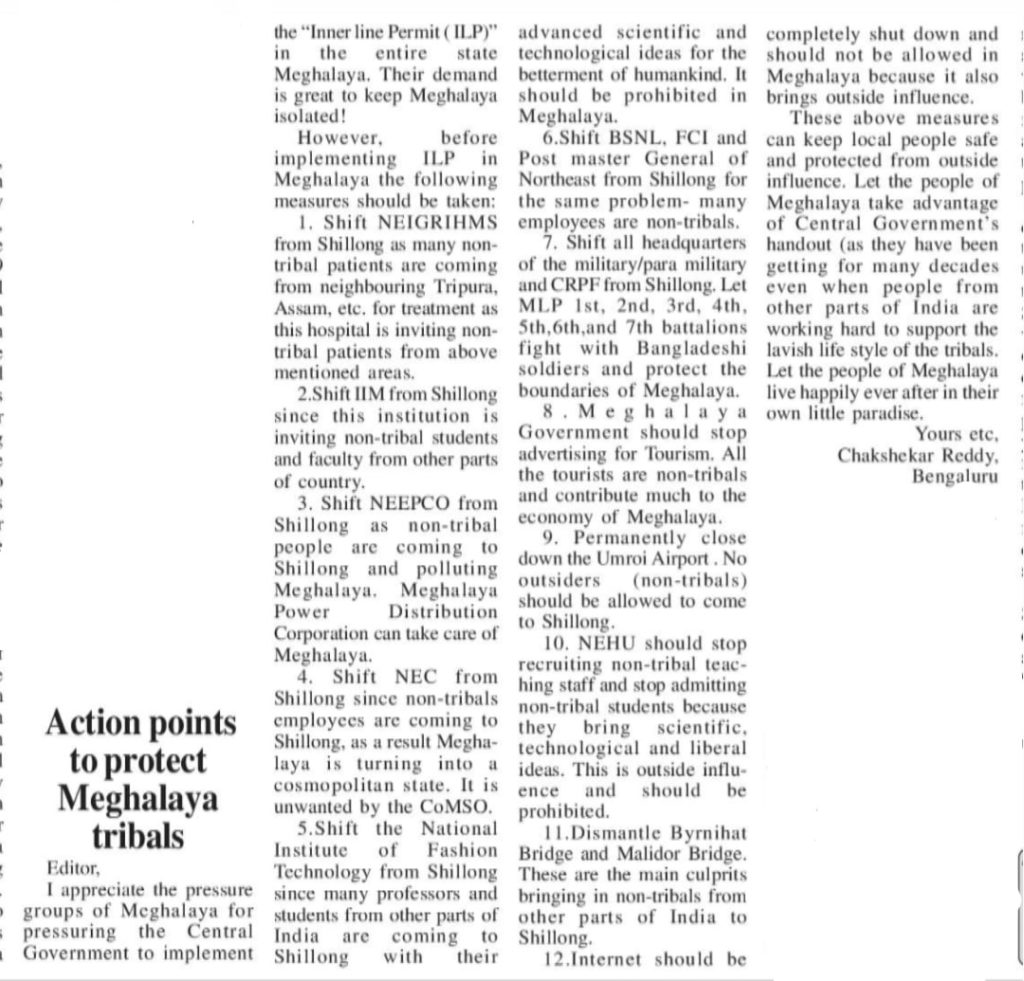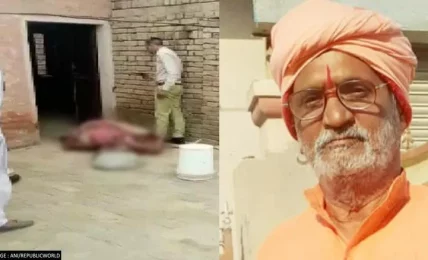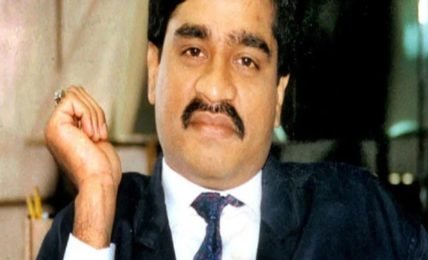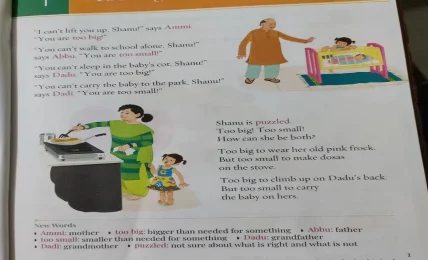Atrocities in Meghalaya in the name of Inner Line Permit(ILP) – Is the rest of India okay with it?
ILP is an official document that one needs to possess to enter the states of Arunachal Pradesh, Mizoram, Nagaland and Manipur. It is issued by the respective state governments to allow travel of another Indian citizen for a limited period. There have been ongoing demands for the introduction of ILP in Meghalaya to regulate the entry of outsiders into the state. The demands and its implications need serious evaluation.








Very well compiled and written?? Though you were very kind to them ?